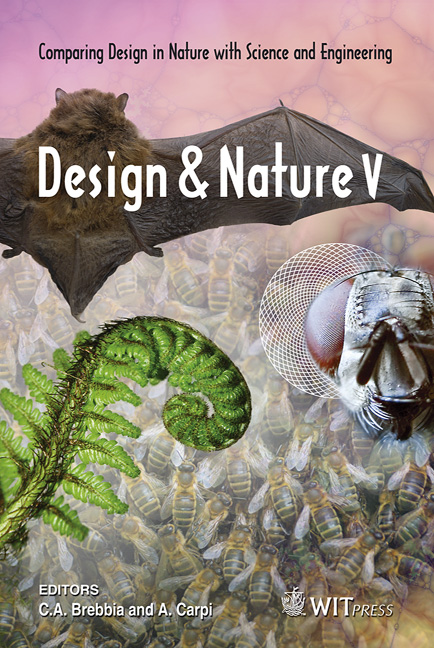The Vectorial Organization Of The Human Myocardium Is Designed For Optimal Electrical And Contractile Activity: Clinical Implications Of Its Alterations
Price
Free (open access)
Transaction
Volume
138
Pages
10
Page Range
593 - 602
Published
2010
Size
5,618 kb
Paper DOI
10.2495/DN100531
Copyright
WIT Press
Author(s)
M. Tafani, F. Carpi, E. Morgante, A. Russo, A. Carpi, M. Fini, B. Marino, A. Frustaci & M. A. Russo
Abstract
In this paper the organization of the human myocardium is reviewed at the tissue, cellular and molecular levels in order to understand the design that allows highly vectorial activities, such as the contraction of the cardiac pump and the electrical activity underlying its coordination. Amazingly, it appears that twisted helical structures are formed by molecules or by cells that are aimed to produce an efficient and coordinated contractile activity, which is needed for the propulsion of the blood from the North of the atria to the South of the ventricles and then to the blood vessel tree. Mutations of morphogenetic genes, mutations of monomeric proteins, their immature isoforms, and perturbing extraneous molecules can lead to abnormal organizations of crucial supramolecular structures (sarcomeric disarray, alteration of intercalated discs, abnormal gap junctions, misaligned myocardial fibers), which results in an abnormal clinical function. In addition, recent evidences suggest that mutations of specific genes controlling helical structures and the spiraling organization of the heart may contribute to well known malformations, such as transposition of the great arteries. Keywords: heart, chirality, helical structures, nodal, lefty, malformations, morphogenetic damage.
Keywords
heart, chirality, helical structures, nodal, lefty, malformations, morphogenetic damage





